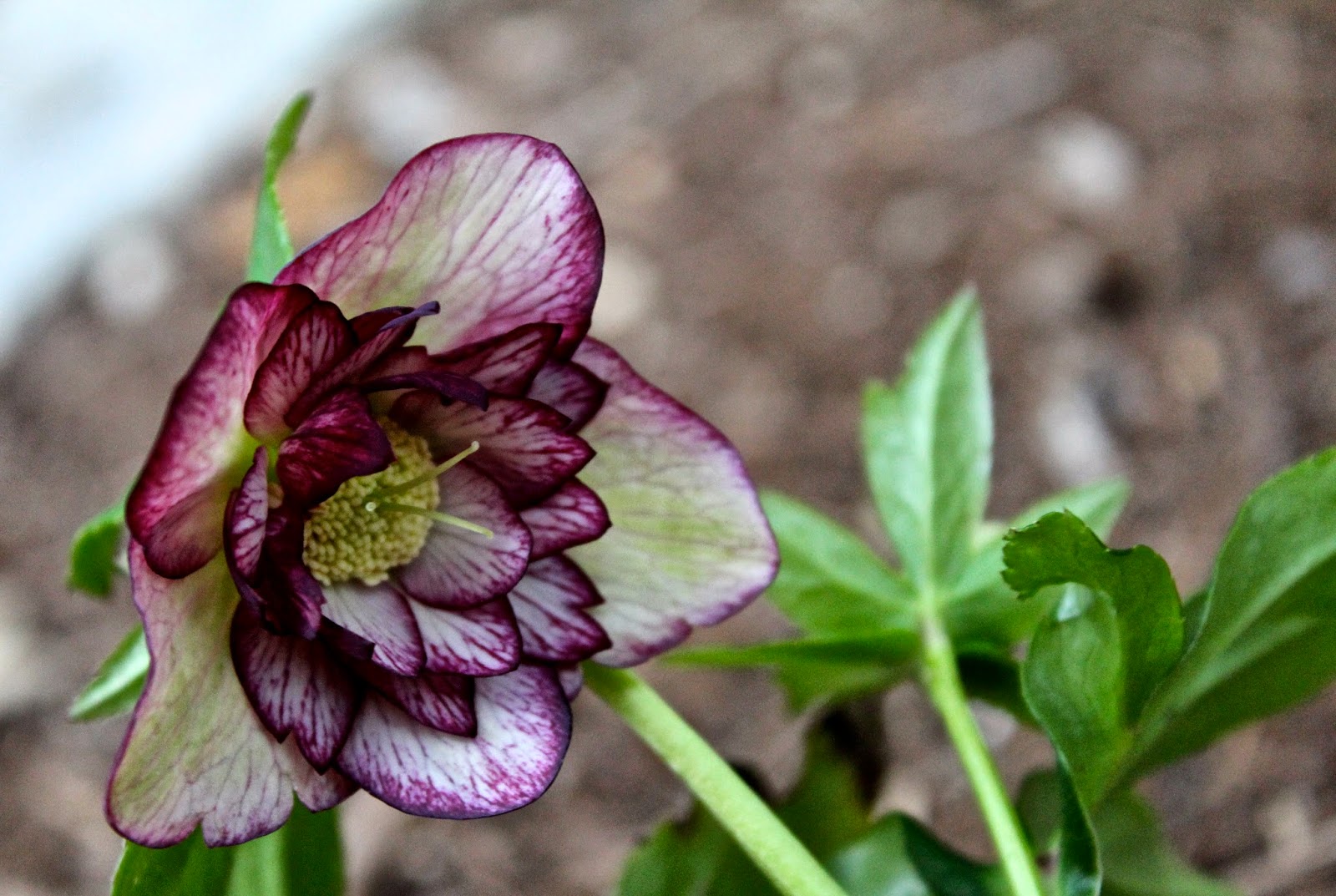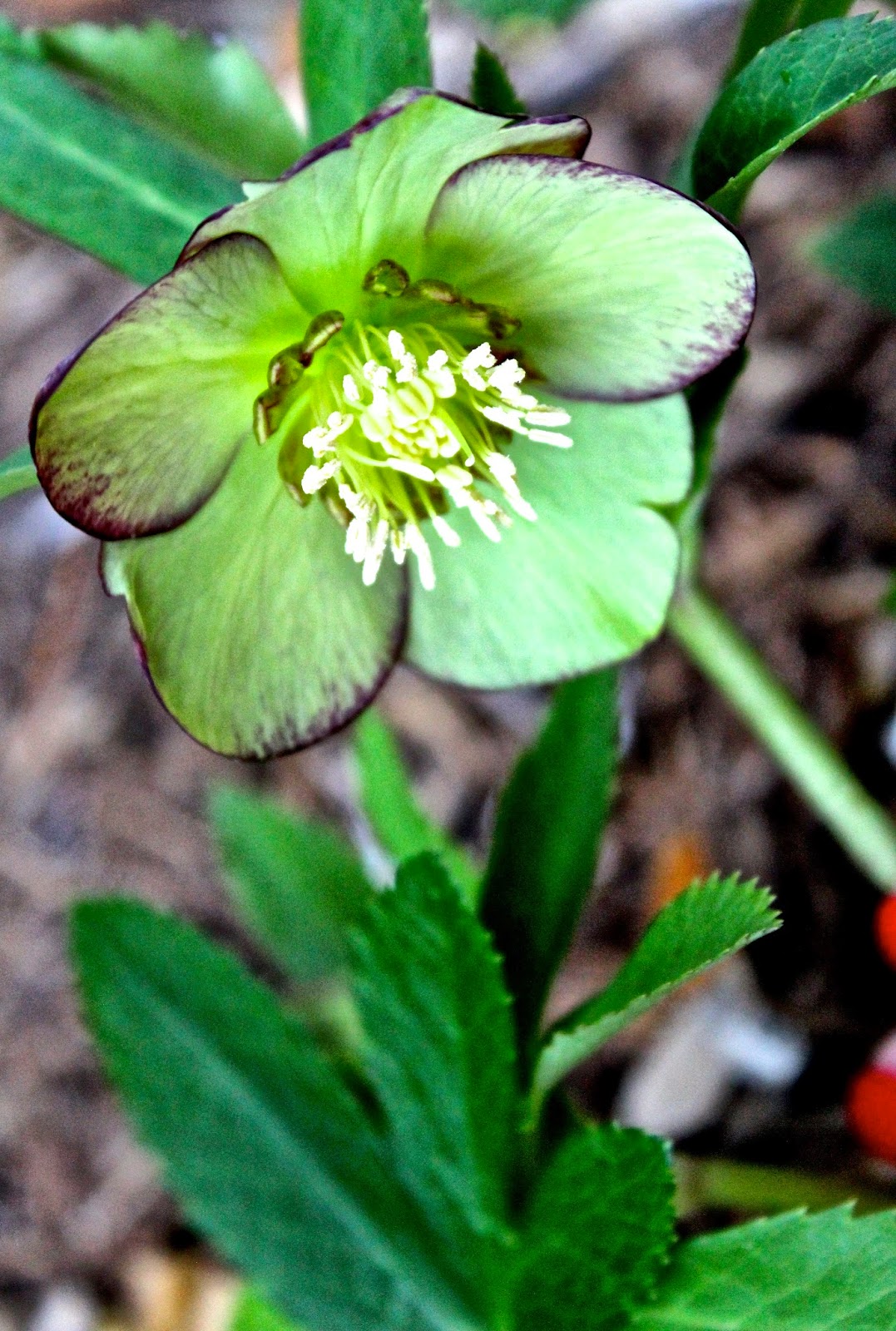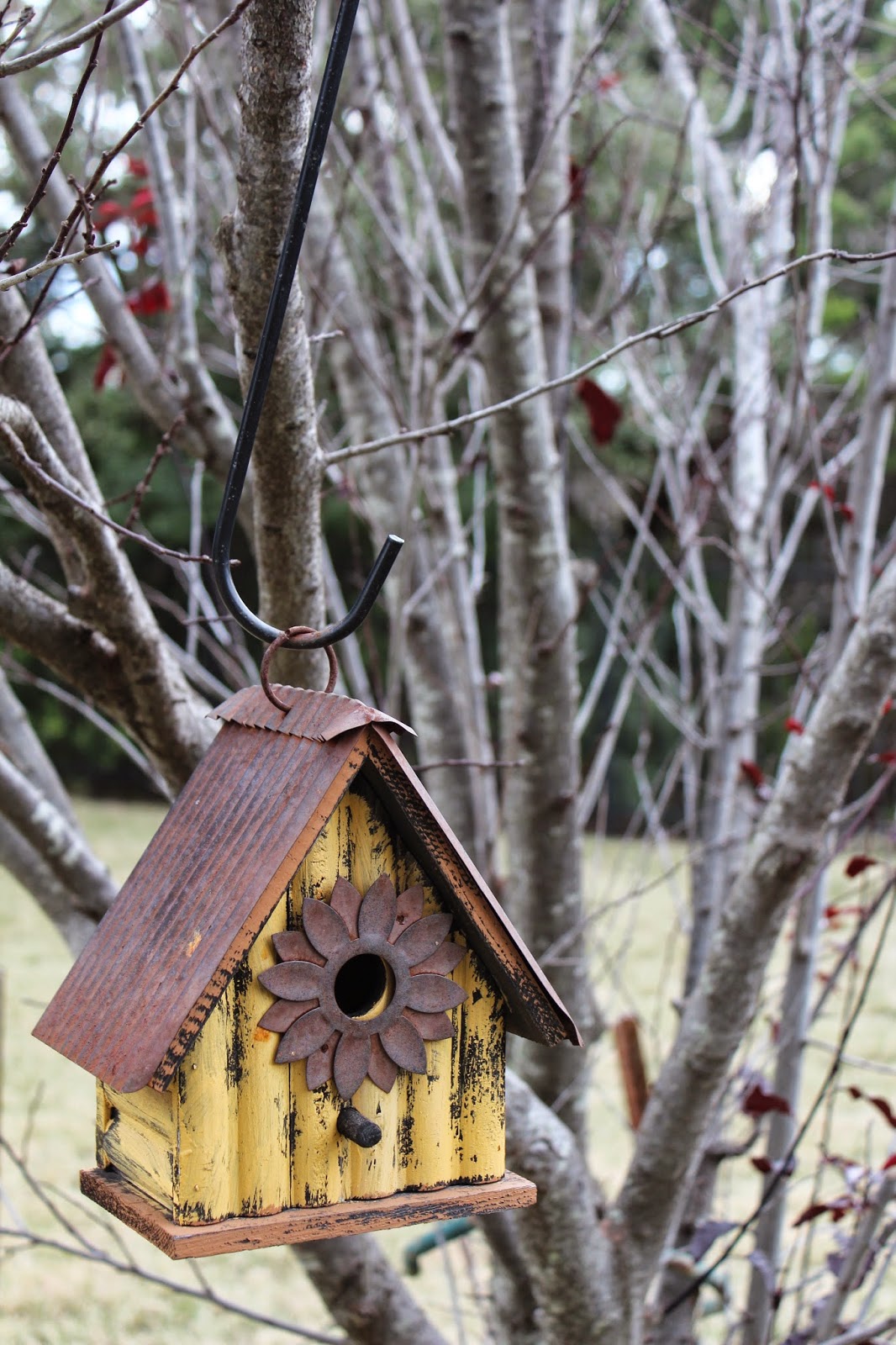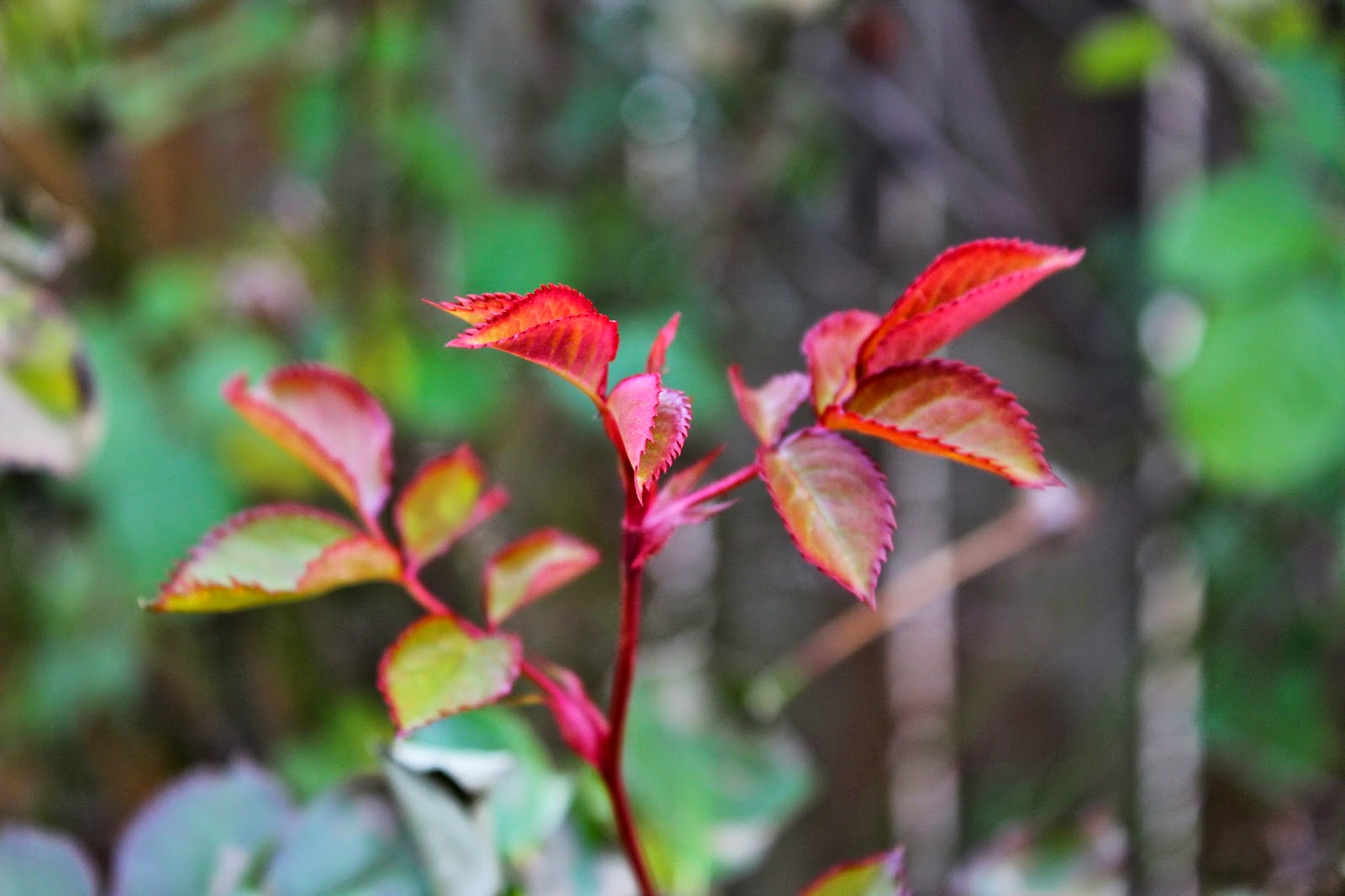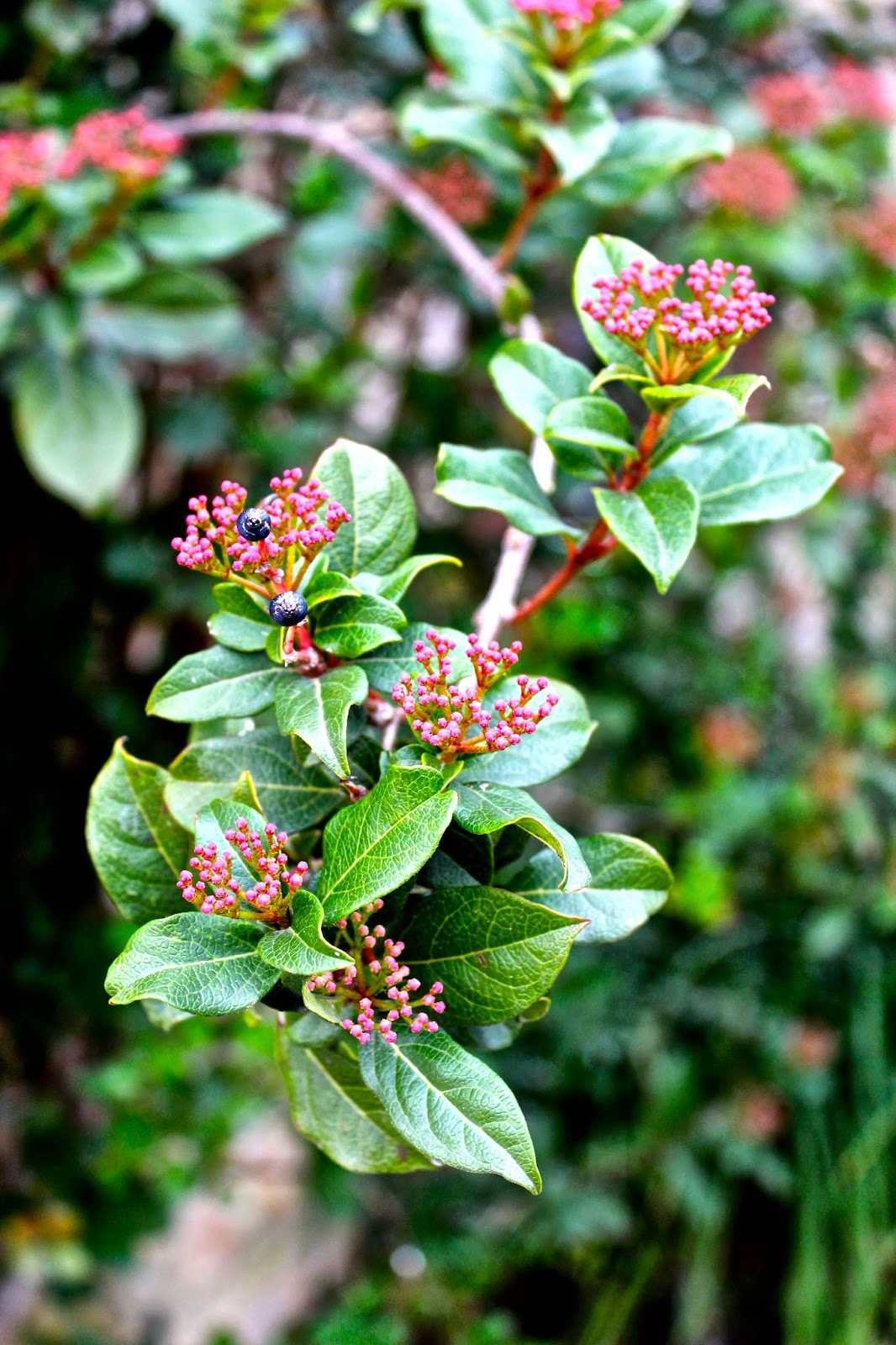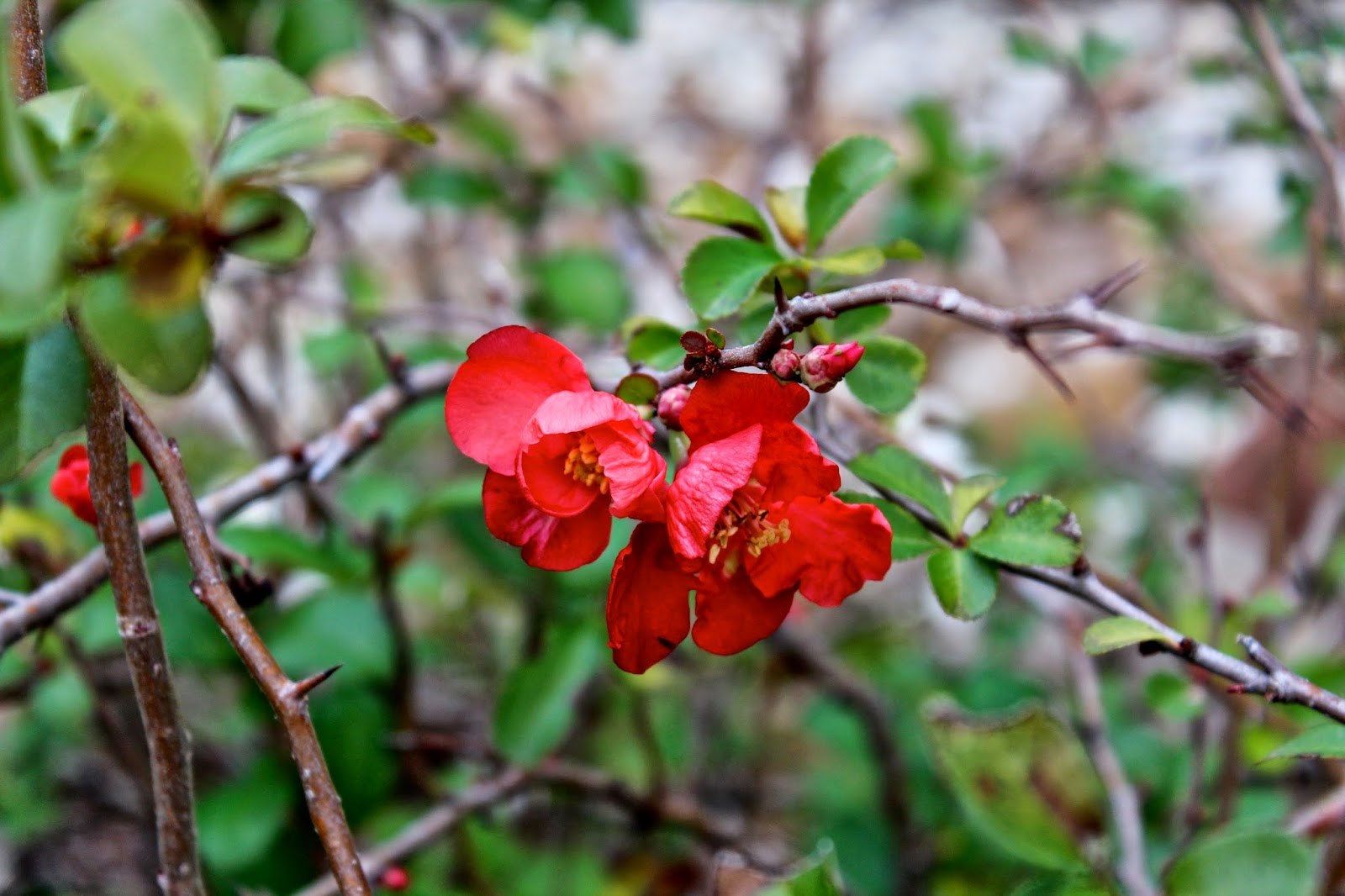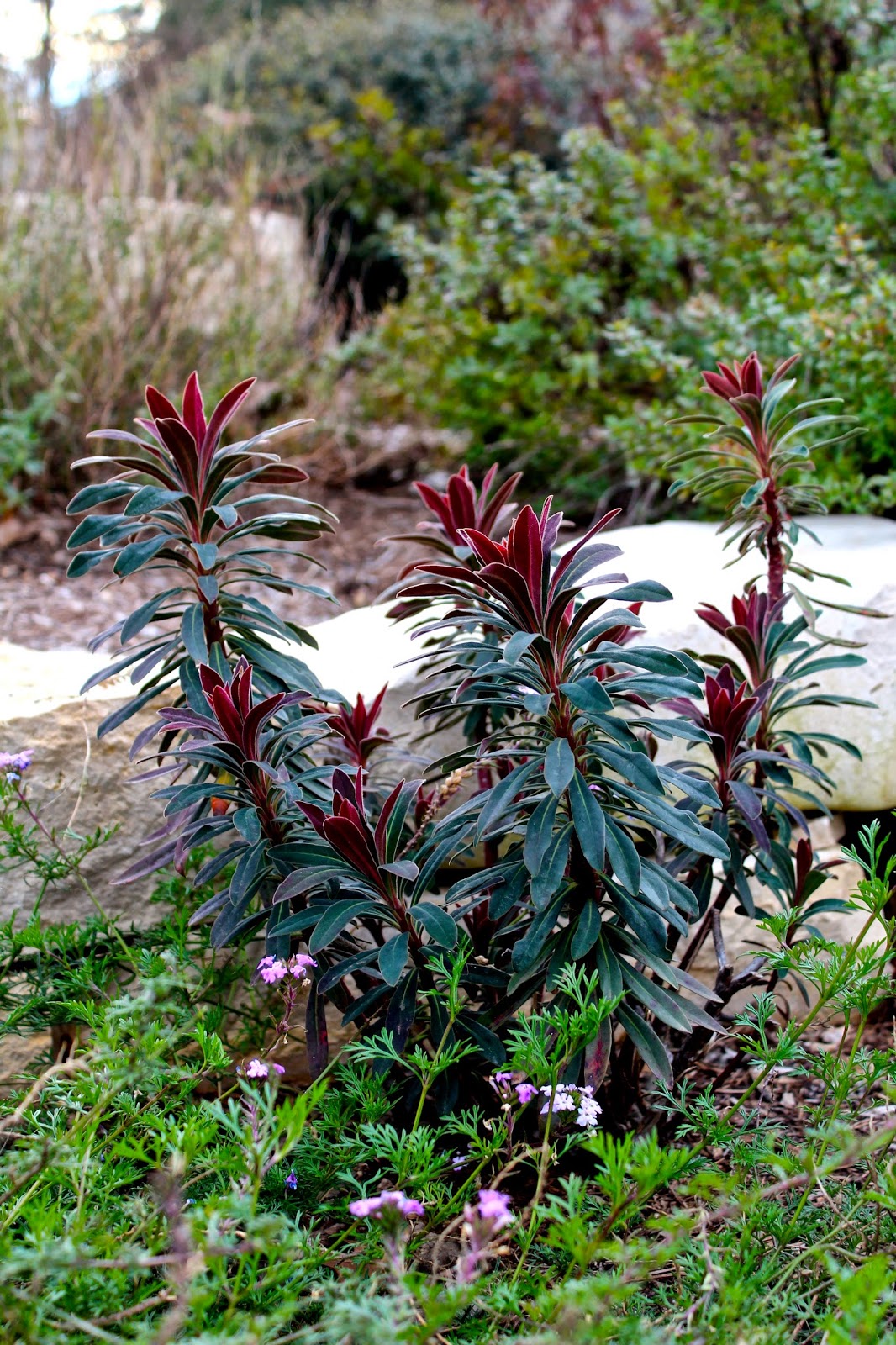Winter garden blooms – the hellebores are back with a flair…
Balancing precariously on the see-saw of spring weather in Central Texas (yesterday it was 77, today’s high will be 57), this season’s garden bloomers have to be tough.
Did someone say ‘hellbore?’ These prized beauties are the perfect antidote to the cold and windy weather blues.
This blazing beauty is called ‘stained glass.’
I found only one plant blooming last week. Today there are 3 in bloom and 3 more have new buds, eager to open.
This one is ‘winter’s wren.’
Aren’t they wonderful? Also known as Lenten Roses (though they are not related to roses), hellebores are frost-resistant and most are evergreen. In my garden, they sometimes disappear in the heat of summer, but always come back reliably when the real chill of fall arrives. They are known for their drought and neglect tolerance and their exceptionally long bloom period from late winter through spring.
I misidentified this as ‘winter’s wren’ last week. I just went through my plant notebook and now know that this one is ‘green gambler.’ (And then I just spent 30 minutes looking through the notebook and adding plants that I planted last year but didn’t record…rabbit hole!)
These are in a mostly shaded spot and I give them a periodic extra hand-watering with the hose. A few houses down, my neighbor’s are beautiful and she does no supplemental watering. They are fine in dry shade but they do like decent drainage.
It’s sometimes hard to see their downward-facing blooms, but they make me feel like a kid again in the garden. I find myself rushing out to check the plants for new buds and blooms, happily rewarded when I find a shy new flower hiding under the canopy of leaves.
If you’ve got an empty spot or two in your dry shade garden, try a few of these. Different varieties have different zones, so check closely, but they range from zones 4-9. Hellebores, a must-have for your winter/spring garden!

